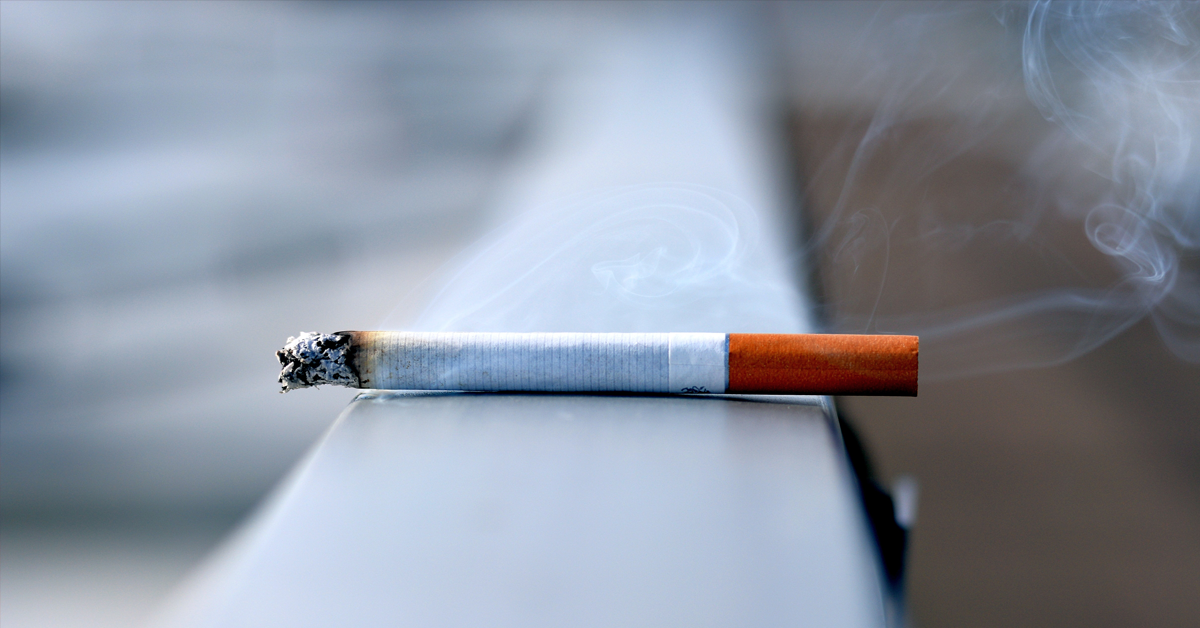Five quick notes with a common theme – Recharge Fresno:
1.) I bumped into Ashley Swearengin last week at Fresno City Hall.
“What are you doing here – applying for Georgeanne White’s job?” I asked as we shook hands. (Alert: I was kidding about the job!)
White in a few weeks will leave City Hall after nearly 20 years of public service, a scoop broken on Sept. 5 by CVObserver Editor-at-Large Jim Verros. She currently is an assistant director in the Department of Public Utilities. Her area of expertise is water.
“No,” Swearengin said with a laugh. “I’m not qualified.”
“Nonsense,” I said.
I was right, of course. Swearengin as mayor was the pivotal player in turning the nearly $1 billion, multi-faceted Recharge Fresno project into a reality. She could handle the writing of staff reports on things like the Sustainable Groundwater Management Act just fine.
But Swearengin already has a good job leading the Central Valley Community Foundation as its chief executive.
On the other hand, Swearengin, the seasoned political pro that she is, never answered my question. What was she doing, walking the byways of City Hall by herself?
Swearengin and I went our separate ways. She headed through the doorway that leads to meeting rooms behind the Council Chamber.
Important stuff happens back there.
2.) Tommy Esqueda’s Public Utilities staff recently delivered a Recharge Fresno project update to the Capital Projects Oversight Board.
- The Friant-Kern canal pipeline should be “substantially completed” by November 2017.
- The Kings River pipeline – December 2017.
- The southeast surface water treatment plant – June 2018.
- The first of two transmission lines from the southeast plant into Fresno – November 2017.
- The second transmission line – February 2018.
- The first of two segments of the “purple pipe” recycled water delivery system – September 2017.
- The second “purple pipe” segment – August 2017.
The purple pipe project is on budget but behind schedule, according to the Public Utilities report. Weather, permitting complexities and traffic control problems caused the delays, DPU said.
Recharge Fresno’s big ticket item is the southeast surface water treatment plant. Everything seems to be going smoothly there. The project is coming in at its projected $160 million price tag.
DPU is shooting for a final completion date of Sept. 25, 2018.
The big ribbon-cutting ceremony is only a year away.
3.) Esqueda, of course, is DPU’s director. He was kind enough last week to give me a few minutes from his busy schedule to discuss water issues.
First, though, he showed me the white board in his office. It was filled with a hand-drawn diagram that clearly is a work in progress.
The diagram is Fresno’s water future.
I’m not smart enough to describe the diagram for you. But anyone familiar with the Recharge Fresno debate of the past five years could guess its basic outline.
We’ve got 60,000 acre-feet of water every year from the San Joaquin River. We’ve got 120,000 acre-feet every year from the Kings River. We’ve got the purple pipe system that someday may deliver 25,000 acre-feet of water for urban irrigation purposes. We’ve got an immense urban flood control system. We’ve got a population of about 525,000 that grows a bit every year. We’ve got consumers who use about 120,000 acre-feet every year. We’ve got a surface water treatment/delivery system that will soon be the envy of the Valley. We’ve got certain expectations about the amount of water we’ll need to pump from the aquifer every year even when Recharge Fresno is running full tilt. We’ve got Sacramento with certain expectations about what we need to do to replenish our aquifer. We’ve got a long-standing weather pattern that produces cycles of drought and heavy rains. And we’ve got the beautiful Sierra Nevada to our east, a miracle of Mother Nature where humanity has built a fair amount of water storage in certain spots among the foothills but, quite possibly, not enough storage to effectively handle Fresno’s water needs for the next century.
Esqueda and his staff are taking this diagram and running its numbers through a computer. They’re testing various scenarios. The results will soon find their way to a City Council hearing.
What we’re talking about is Temperance Flat Dam and residential/commercial water rates.
4.) The purple pipe/recycled water system might do more than keep our median islands green during droughts. It might change residential development patterns in Fresno.
According to a notice at the City Clerk’s Office, the Planning Commission on Sept. 20 is expected to review various documents for a proposed residential development at South Valentine and West Madison avenues in Southwest Fresno.
The site is 23.27 acres. The plan is to build 87 houses. The project applicant is Fagundes Dairy.
The thing that caught my eye in the notice is this: “These facilities and infrastructure include, but are not limited to, the construction and installation of approximately 3 miles of water main for recycled water delivery.”
As you no doubt recall, the purple pipe system begins at the wastewater treatment plant west of town. The system obviously has to go through West Fresno in order to reach the rest of our city. It’ll take years, if not decades, for the purple pipe system to reach every corner of town. West Fresno gets first dibs on this precious resource.
Esqueda tells me that the proposed Fagundes project is Fresno’s first residential project of significant size to make use of the purple pipe’s water. He said the project’s homes would be connected to the purple pipe for irrigation of front and back yards.
Bottom line: The next time we have a severe four-year drought, the 87 homes in the Fagundes project may have lush landscaping because the homeowners aren’t using potable water. The rest of us will be stuck with City Hall’s favorite saying during bad droughts: “Brown is the new green.”
That new Southwest Fresno specific plan has another reason for succeeding.
5.) Finally, City Hall is taking another step toward resolving the Darling rendering plant controversy.
The plant has been in an industrial area southwest of Downtown for more than 50 years. Fresno grew to the plant’s edge. Neighbors want the plant to relocate. Darling wants to be a good corporate citizen, but also must watch its bottom line.
City officials think a corner of the huge sewer farm would be the perfect spot to relocate Darling.
According to a notice in the City Clerk’s Office, the city has completed an environmental study of a Darling move.
The relocation of the rendering plant to the vast sewer farm site “will not have a significant effect on the environment,” the notice states.
The notice adds that Darling’s current plant at peak daily capacity handles about 850,000 pounds. A plant at the sewer farm might handle about 2 million pounds per day.
I reported earlier for CVObserver that Public Utilities wants to build a new water well near this part of the sewer farm. The new well would be a backup for the wastewater treatment plant and could deliver water to certain onsite industrial uses – such as a rendering plant.
There are many hurdles still to clear before the Darling story is finished.
But, said Council Member Oliver Baines (who represents West Fresno): “Things are on the right track.”
Life has plenty of solutions when there’s enough water.









